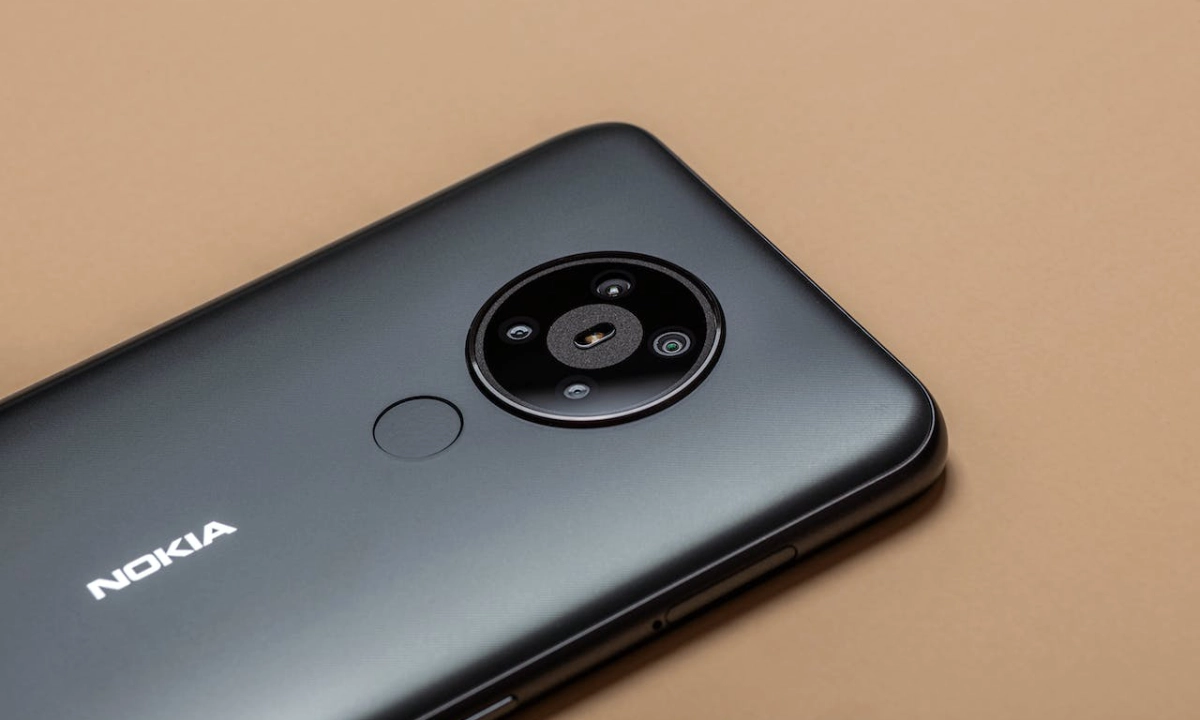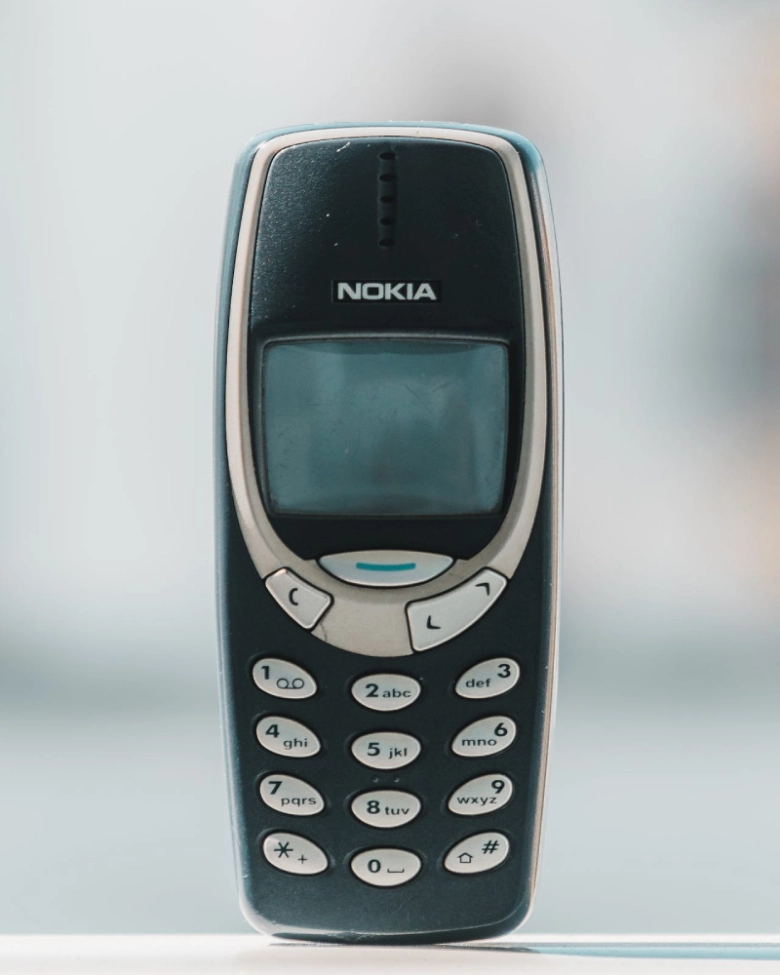Nokia stands as a beacon of innovation, resilience, and quality. It has navigated the waves of technological change to remain at the forefront of the industry.
But where is Nokia made? Let’s find out….
Nokia is made in China, Vietnam, India, and Europe. The company has chosen each manufacturing location for strategic reasons such as market access, cost efficiency, and expertise in electronics manufacturing.

In China, Nokia has manufacturing facilities in Beijing and Dongguan. These locations are central to producing a wide array of Nokia products, from basic feature phones to advanced smartphones.
On the contrary, Nokia’s manufacturing presence in India is highlighted by its facility in Chennai. This plant plays a crucial role in serving both the local Indian market and other regions.
These locations collectively form the backbone of Nokia’s global manufacturing strategy, enabling the brand to efficiently produce and distribute its products worldwide.
Nokia’s manufacturing history
Starting as a small company in Finland in 1865, Nokia has grown into a worldwide leader. It expanded manufacturing facilities to many countries around the world to meet global demand.
Nokia’s manufacturing history dates back to the late 19th century, with the company originally established as a paper mill in Finland. Over the decades, Nokia diversified its operations into various sectors, including telecommunications.
By the late 20th century, Nokia had firmly established itself as a leading manufacturer of mobile phones, with its manufacturing operations primarily based in Finland.
Nokia began to expand its manufacturing footprint beyond Finland to capitalize on the growing markets and the advantages offered by global manufacturing hubs. In the early 2000s, Nokia established significant manufacturing facilities in Asia, particularly in China and India.
In recent years, Nokia has initiated a strategic shift by starting to manufacture devices in Europe. This move aims to cater to the European market with locally made products and reflects a broader trend in the industry.

Who makes Nokia?
HMD Global makes Nokia phones today. Founded in 2016 in Finland, HMD Global revived the Nokia brand by launching new smartphones and feature phones under the Nokia name.
For manufacturing smartphones, HMD Global works closely with Foxconn. It is one of the world’s largest electronics manufacturers. This partnership ensures that Nokia phones are made in high-quality facilities.
Foxconn’s subsidiary, FIH Mobile Limited, plays a crucial role in this process. It handles the manufacturing and distribution logistics for HMD Global.
The production facilities of Nokia are strategically located in key regions, including India, China, and Vietnam, to optimize access to major markets and streamline the supply chain.
Who owns Nokia?
HMD Global Oy currently owns Nokia. In 2016, HMD Global Oy acquired the rights to manufacture, market, and sell Nokia-branded mobile phones and tablets under an exclusive licensing agreement.
In 2014, Microsoft acquired Nokia’s mobile phone business, creating Microsoft Mobile. This move marked a significant transition for Nokia, shifting its focus towards telecommunications infrastructure, virtual reality, and digital health.
HMD Global acquired the Nokia smartphone business from Microsoft for $350 million. Despite the licensing of its brand for mobile phones and tablets to HMD Global, Nokia Corporation continues to operate independently.
This strategic partnership allows the Nokia brand to thrive in the consumer electronics market while enabling the Nokia Corporation to concentrate on its core business areas.

Global manufacturing strategy
Nokia’s global manufacturing strategy is designed to optimize the efficiency, quality, and accessibility of its products to consumers worldwide.
It encompasses a broad network of manufacturing facilities & ensures the best combination of technological expertise, cost-effectiveness, and logistical advantages.
HMD Global has established manufacturing partnerships in several key countries, including India, China, and Vietnam. This diversified approach allows Nokia to leverage the specific strengths of each region.
For instance, India offers a vast consumer market and favourable manufacturing policies.
China is also known for its extensive electronics manufacturing ecosystem and skilled workforce, and Vietnam provides cost efficiencies and a strategic geographic location for exporting to other markets.
By maintaining a flexible and responsive global manufacturing network, Nokia can quickly adjust to changes in consumer demand, regulatory environments, and technological advancements.
Conclusion
From the sleek design studios of Espoo to the bustling factories of China, India, and beyond, Nokia’s production network symbolizes the interconnected nature of today’s global economy.
Nokia’s commitment to quality craftsmanship and technological innovation remains unwavering.
Every device of Nokia carries a legacy of excellence and reliability that transcends geographical boundaries, enriching the lives of users worldwide.